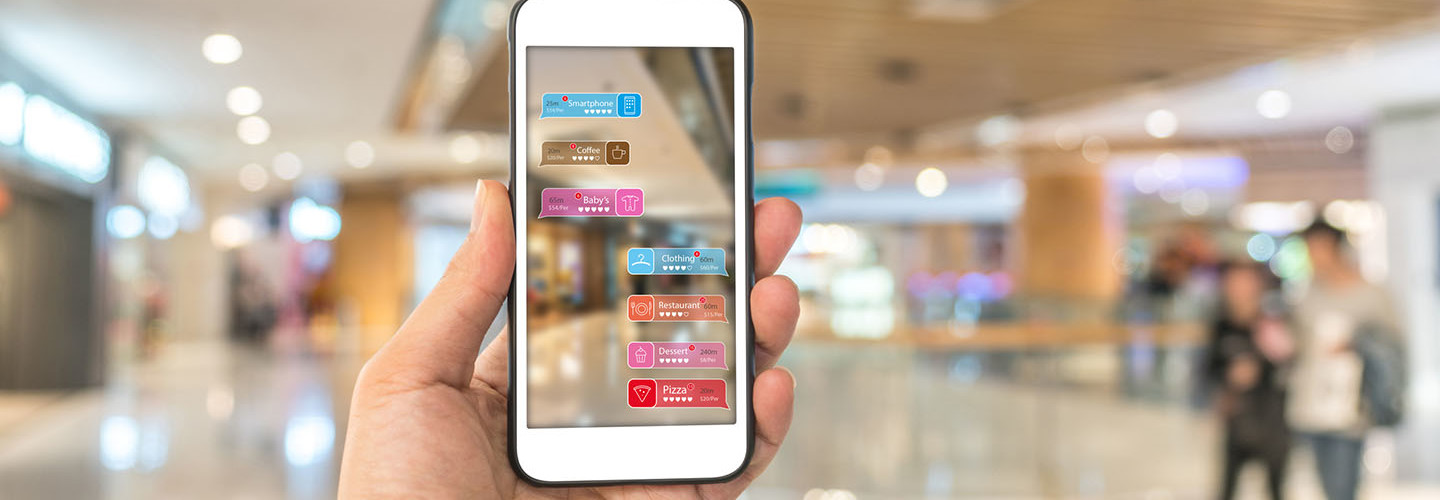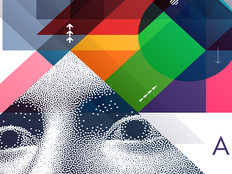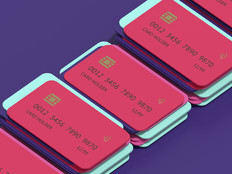Retailers' Use of Visual-Recognition Technology Evolves
Visual-recognition technology is steadily becoming an important feature in evolving the retail experience.
For example, Snap, the parent company of Snapchat, announced on Sept. 24 that it’s starting testing for a visual feature that will allow users to take advantage of the app’s camera function to search for items on Amazon, Retail Dive reports.
To use the feature, individuals must point their Snapchat camera at a physical product or barcode and press and hold on the camera screen, according to the announcement.
“When the item or barcode is recognized, an Amazon card will appear on-screen, surfacing a link for that product or similar ones available on Amazon,” the announcement notes. According to Retail Dive, this endeavor is the latest by Snapchat to leverage augmented reality as a retail tool, an effort it calls Shoppable AR.
MORE FROM BIZTECH: See how Gap and Sephora Benefit from AR.
Retail Search Functionalities Get an Update
In April, Retail Dive wrote about Shoppable AR, noting that companies such as Adidas are already taking advantage of the feature. According to the article, “The technology lets advertisers place an on-screen button in any AR lenses running on Snapchat. The button can be programmed to complete actions like pointing users to online stores and apps where they can buy products.”
A new report published by PYMNTS.com and Samsung Pay, meanwhile, details how companies such as Neiman Marcus are taking advantage of image recognition to optimize mobile apps for consumers. At Neiman Marcus, potential customers, the report explains, can upload digital images of products to the company’s app, which then is able to scan through inventory for visually similar products.
“This means it can not only check if a particular item is in stock, but also suggest less-expensive alternatives to budget-conscious consumers, thus providing a service previously only available in brick-and-mortar shops,” the report reads.
Forever 21 recently introduced AI-powered visual search functionality to its website that will enable potential customers to search for items by clicking on icons representing features they desire in an outfit, the company announced in August.
The search feature debuted for the dresses and tops clothing categories on the Forever 21 iOS app in May as “Discover Your Style,” and according to the company, within the first month of its launch, sales conversions increased. What’s more, the company saw a 20 percent increase in average purchase value on dresses and tops.
Failure to Modernize Could Cost Retailers
According to an article on catchoom.com, visual-recognition technology also has the potential to transform the grocery shopping experience. In particular, the article cites Deloitte’s Grocery Digital Divide report, which notes that 77 percent of survey respondents leverage digital touchpoints for purchasing inspiration, with 80 percent doing so to browse and search products.
“Those who can adapt to bridge the digital divide and engage customers in store, online and via social channels stand to benefit from the growth in digital-hungry consumers,” the Deloitte report says. “Those who don’t may leave money on the table.”








